Best Ecommerce AI Chatbots for 2025: Top 10 Tools to Boost Sales & Conversions



This guide reviews the 10 best AI chatbots for ecommerce in 2025, including YourGPT, Ada CX, Intercom, and Gorgias. You’ll learn how modern AI chatbots handle customer support, recover abandoned carts, and automate order tracking without coding. We cover pricing, key features, integration capabilities, and selection criteria to help you choose the right platform for your store’s size and needs.
E-commerce owners face the constant challenge of answering customer questions, handling returns, offering around-the-clock support and difficulty in finding the right information faster. This high volume of tasks can strain teams, leading to slower response times and decreased customer satisfaction
When delays accumulate or issues go unresolved, customers lose confidence. This not only impacts satisfaction but also leads to missed sales and long-term brand damage.
AI chatbots can handle routine inquires, process orders, collect feedback, generate leads, and lighten the load for support teams. This helps E-commerce owners improve response times, boost customer satisfaction, and free up resources for more critical tasks.
In this blog, we have reviewed the 10 best AI chatbots for ecommerce in 2025. You will find a detailed breakdown of their features, performance, and practical value helping you identify which platform fits your business goals best.
| Platform | Best For | Starting Price | Key Strength |
|---|---|---|---|
| YourGPT AI | Building custom AI agents on your data | Free plan available | No-code AI builder, Unified inbox, 100+ languages, multichannel, Self Learning AI |
| Ada CX | Large-scale multilingual automation | Custom pricing | Support bot, 50+ languages, robust enterprise-grade AI |
| Intercom | Customer support automation and live chat | $39/month | Unified inbox, AI copilot, workflow automation, strong CRM integration |
| Gorgias | E-commerce support automation | $10/month | Shopify integration, macros, ticket automation, multi-store support |
| Snatchbot | Basic chatbot setup with voice | Free | Voice support, prebuilt templates, deploys on many platforms |
| Flow XO | Affordable workflows and automation | $19/month | 100+ app integrations, no-code builder, flexible automation |
| ChatBot (by text) | Visual chatbot builder | $52/month | Real-time analytics, Shopify integration, visual editor |
| Copilot Live | Personal shopping and CRM automation | Custom pricing | CRM integration, personalization, 24/7 availability |
| Landbot | Interactive, media-rich chat experiences | $40/month | Drag-and-drop builder, multimedia chat, WhatsApp/Messenger support |
| Pandorabots | Advanced chatbot scripting and logic | Free tier, paid plans from $19/month | Scripting, strong logic control, multilingual support |

An ecommerce chatbot is software that manages customer conversations directly within a store. It helps shoppers find products, get answers, track orders, and complete purchases without waiting for support teams.
Modern chatbots go beyond scripted replies. They understand what customers mean, not just what they type.
A customer asking “Can you check if my order is shipped?” receives an instant update rather than being redirected to a FAQ page.
These systems combine natural language processing and machine learning to improve with every chat. They reduce repetitive tickets, handle high-traffic queries efficiently, and keep service consistent even during peak hours.
The real difference lies in how they work.
Behind each response is a network of models, data connections, and actions that make the chatbot capable of understanding context and performing tasks on its own.
Ecommerce chatbots in 2025 function as intelligent agents that understand intent and act directly within your store systems.
They are powered by large language models such as GPT-5, Claude, and Gemini, which allow them to interpret messages, access real-time data, and generate context-aware responses.
Traditional chatbots follow decision trees: “Do you have a question about shipping? → Click here for shipping info.”
AI agents understand intent: When a user says, “My order hasn’t arrived yet,” the system can automatically:
All of this happens without manual support.
The Core Technologies That Power Modern Ecommerce AI Chatbots:
1. Language and Intelligence Layer: Modern ecommerce chatbots are powered by more than just large language models. While LLMs such as GPT-5, Claude, and Gemini form the foundation for understanding intent and generating text, most platforms combine them with additional components for precision and control.
This intelligence layer typically includes:
However, every platform structures this differently. Some use a Retrieval-Augmented Generation (RAG) framework, which connects the chatbot to store data, product catalogs, or help documents so it can provide verified answers instead of guessing. Others rely on custom architectures designed for ecommerce workflows, integrating intent detection, policy checks, and system actions within a single model.
This layered approach ensures that chatbots are not just fluent but also reliable, grounded in the actual data of each store, and capable of executing tasks such as refunds or order updates without losing conversational flow.
2. System Integration: Connects to Shopify, WooCommerce, inventory systems, CRMs, and payment gateways to take actions like processing refunds, updating orders, or applying discount codes.
3. Hybrid AI + Human Handoff: 89% of consumers prefer support that combines AI efficiency with human empathy. The best chatbots seamlessly escalate complex issues to live agents with full conversation context.

Here are the list of best E-Commerce chatbot with their features, pricing, pros and cons:

YourGPT is a no code AI platform designed for businesses that need to automate customer support, sales and workflows. It brings together chat, voice capabilities, and workflow automation in a single system, helping online stores handle customer interactions more efficiently without requiring technical expertise. It is trusted as top rated ecommerce chatbot.
YourGPT AI Chatbot provides a most advanced solution for businesses looking for manychat alternative to implement AI-powered customer support and engagement tools. With its no-code and low code approach, multilingual capabilities, and omni channel integration options, it is the top choice among businesses.
Discover how YourGPT AI chatbot can streamline your customer service

Ada is a versatile e-commerce chatbot suitable for both non-technical users and developers. It’s a secure solution for data collection, with compliance for PCI, GDPR, and PIPEDA, and supports over 100 languages for global engagement.
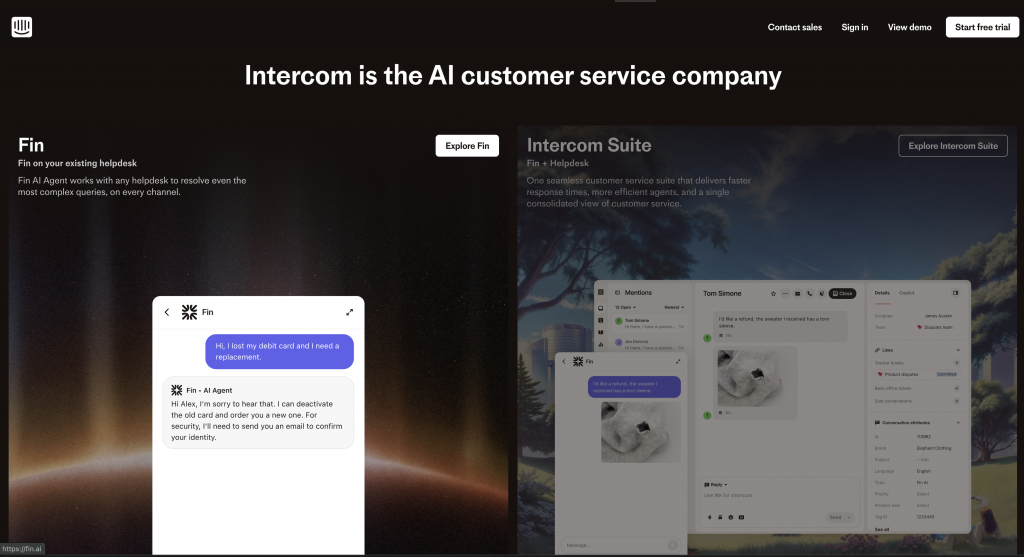
Intercom is a customer support and engagement platform that helps ecommerce brands manage conversations, automate replies, and deliver proactive assistance from one dashboard.
It combines live chat, email, and helpdesk automation to help teams handle large volumes of customer queries while maintaining a personal touch.
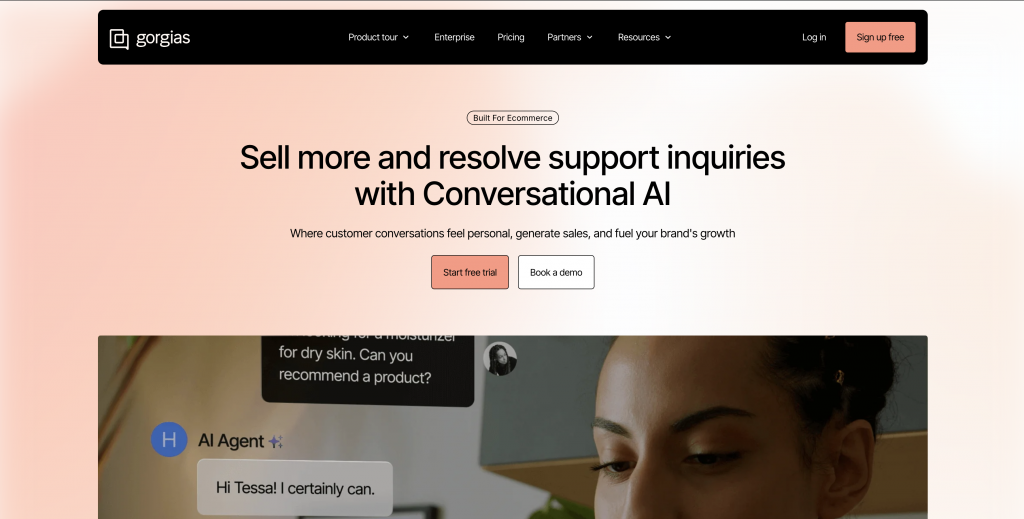
Gorgias is a support platform designed exclusively for ecommerce. It integrates with Shopify, BigCommerce, and Magento, allowing agents to manage customer conversations and store actions like issuing refunds or editing orders — without leaving the dashboard.

Snatchbot is an basic chatbot with NLP, voice recognition but limited AI. It provides pre-built templates and a visual workflow for easy setup across various platforms, making it perfect for non-technical users.

Flow XO provides multi-channel engagement and workflow automation for e-commerce businesses looking for a cost-effective chatbot solution. Ideal for customer support and marketing, it offers integrations with over 100 apps.

ChatBot com is a user-friendly platform that enables businesses to create custom chatbots without coding. It offers a drag-and-drop builder, real-time analytics, and integrates with platforms like Shopify, making it a suitable choice for e-commerce businesses seeking a no-code solution.

Copilot.Live provides a personalized shopping experience, CRM integration, and 24/7 support. With automated sales processes and FAQ handling, it’s designed to drive engagement and improve conversion rates.

Landbot is a no-code chatbot platform for creating interactive customer experiences on websites and messaging channels. Its visual builder and multimedia support make it highly engaging for customer interactions.

Pandorabots is a multi-language, AI-driven chatbot platform designed for startups and enterprises. With an intuitive dashboard, it provides an efficient solution for building and managing chatbots.
We reviewed 24 ecommerce chatbot platforms and shortlisted the top 10 to help you make an informed decision quickly. Each platform was assessed on measurable performance, ease of use, and long-term value for online stores.
We examined how well each chatbot integrates with platforms such as Shopify, WooCommerce, BigCommerce, and Magento.
Top performers offer real-time product sync, order tracking, and inventory-aware conversations — ensuring that customers always get accurate information. Chatbots limited to simple website widgets or manual data uploads scored lower.
This section focused on what users actually experience after deploying the chatbot. We looked at genuine feedback from ecommerce teams using reviews and surveys on how the product impacts their daily operations to drive ROI.
Users consistently mentioned:
Platforms supported by verifiable customer stories, public testimonials, or measurable before-and-after improvements received higher scores.
Those with only marketing claims or vague “AI-powered” promises were rated lower.
We evaluated how intelligently each chatbot understands, responds, and learns from user interactions. Key factors included:
Tools that rely only on static triggers or pre-set rules were classified as basic automation, not true AI assistance.
We tested how fast businesses can move from signup to their first live chat.
Platforms with no-code visual builders, ready ecommerce templates, and guided onboarding scored higher. Extra weight was given to those reducing dependency and setup time.
We compared the total cost of ownership — not just the headline price.
This included cost per conversation, availability of free plans, and billing transparency as usage grows.
Each e-commerce business has unique customer support needs, so the right chatbot should address your specific goals and challenges. The ideal chatbot must:
1. Easy Setup: The no-code builder enables fast setup and adjustments, allowing non-technical staff to manage chat flows effortlessly.
2. Quick Customization: Easily customizable that let you match the chatbot’s tone to your brand’s voice.
3. Omni-Channel Integration: Connect with customers across multiple platforms, from your website to social media and messaging apps, ensuring a consistent experience.
4. Advanced AI Conversations: YourGPT’s AI technology delivers natural, personalized interactions, boosting customer satisfaction and engagement.
5.Improvement Over Time: Adaptive learning refines responses based on customer preferences, making interactions more relevant over time.

AI chatbots make online shopping easier for customers and help businesses operate more efficiently. Here’s how:
With AI chatbots, businesses can provide constant, round-the-clock assistance. Customers get quick answers anytime they need, building trust and increasing satisfaction with your brand.
Chatbots support customers during checkout by answering last-minute questions, offering discounts, and reminding them of items left in their carts. This helps increase completed purchases and reduce abandoned carts.
AI chatbots use customer data to recommend products and personalize the shopping experience, making customers feel valued and more likely to buy.
By handling repetitive questions, chatbots reduce the workload on human support teams, lowering costs and allowing staff to focus on complex inquiries.
AI chatbots are easy to set up even without needing technical skills. They work seamlessly across websites, social media, and messaging apps, providing a consistent experience for customers on multiple platforms.
E-commerce companies are increasingly relying on AI chatbots to improve customer interactions, simplify operations, and increase sales. Here are six ways businesses are putting AI chatbots to work:
An ecommerce AI chatbot answers customer questions, recommends products based on browsing behavior, provides order status updates, and helps shoppers find what they need. It works around the clock to support customers when your team isn’t available.
Chatbots help complete more sales by guiding customers through their purchase, suggesting relevant products they might like, and sending reminders about abandoned carts. They also answer questions that might otherwise stop someone from buying.
No technical knowledge is required. Platforms like YourGPT let you build and customize your chatbot using a visual interface. You simply upload your product information and policies, then adjust the settings to match your needs.
Yes. You can deploy one chatbot across your website, WhatsApp, Facebook Messenger, Instagram, and other channels. Everything is managed from a single dashboard, which means consistent responses and easier monitoring.
You can adjust the chatbot’s tone, language style, and personality to reflect your brand. Whether your brand is casual and friendly or professional and direct, the chatbot can be configured to communicate in that same way.
Reputable chatbot platforms like YourGPT use encryption to protect customer data and comply with privacy regulations including GDPR. Customer information is handled securely throughout all interactions.
Yes. The chatbot can suggest products based on what customers are viewing, their previous purchases, or what they ask about. This helps shoppers discover items they might be interested in without having to search manually.
YourGPT provides a no-code builder, support for multiple languages, integration with various messaging platforms, voice capabilities, and the ability to connect with your existing systems through APIs. All these features work together in one platform.
AI chatbots are changing how customers shop online. By providing quick answers to questions about products, shipping, and more, they make the shopping experience smoother and more efficient. This helps customers make decisions faster and builds trust with the brand.
For businesses, YourGPT AI chatbot simplifies customer service without requiring technical skills. It can be customized to match a brand’s voice while responding to inquiries 24/7. This reduces wait times, boosts satisfaction, and strengthens customer loyalty.
By improving every interaction, AI chatbot helps businesses create a better overall experience, encouraging customers to return.
Trusted by ecommerce businesses worldwide to handle customer queries around the clock and recover abandoned carts automatically.
No credit card required • 7 days access
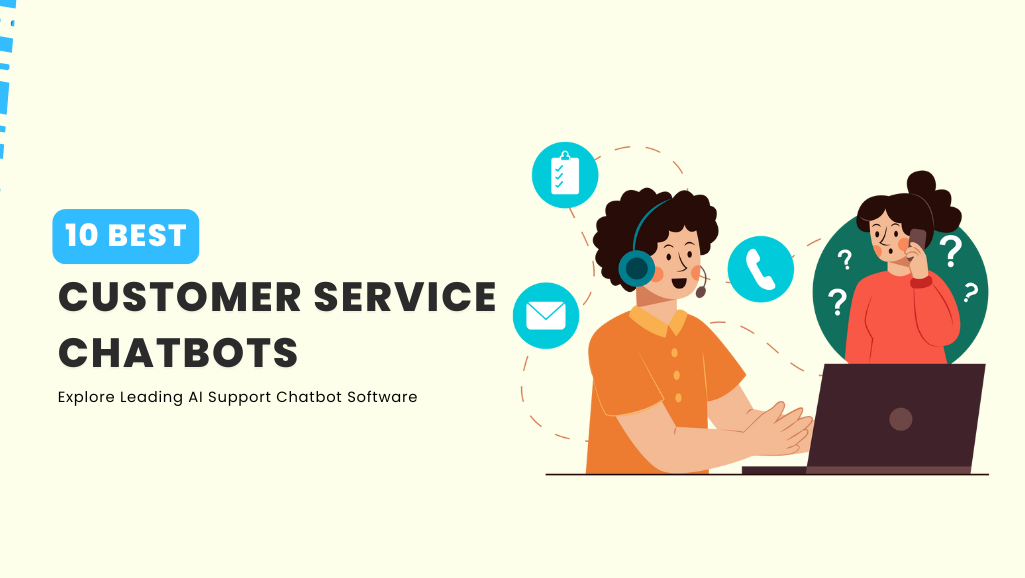
A customer sends an urgent question while your support team is offline. The delayed reply leads to frustration, and a small issue becomes a poor experience. This happens daily for businesses that cannot offer consistent, real-time support. AI chatbots help solve this. They respond instantly, understand context, guide customers through solutions, and transfer complex issues […]


LiveChat is a customer messaging platform that has helped many teams handle customer questions through basic chat widgets, but the way businesses support customers has changed. People now expect quick answers across more channels, and support teams want tools that cut down on repetitive work instead of adding to it. As a result, many companies […]

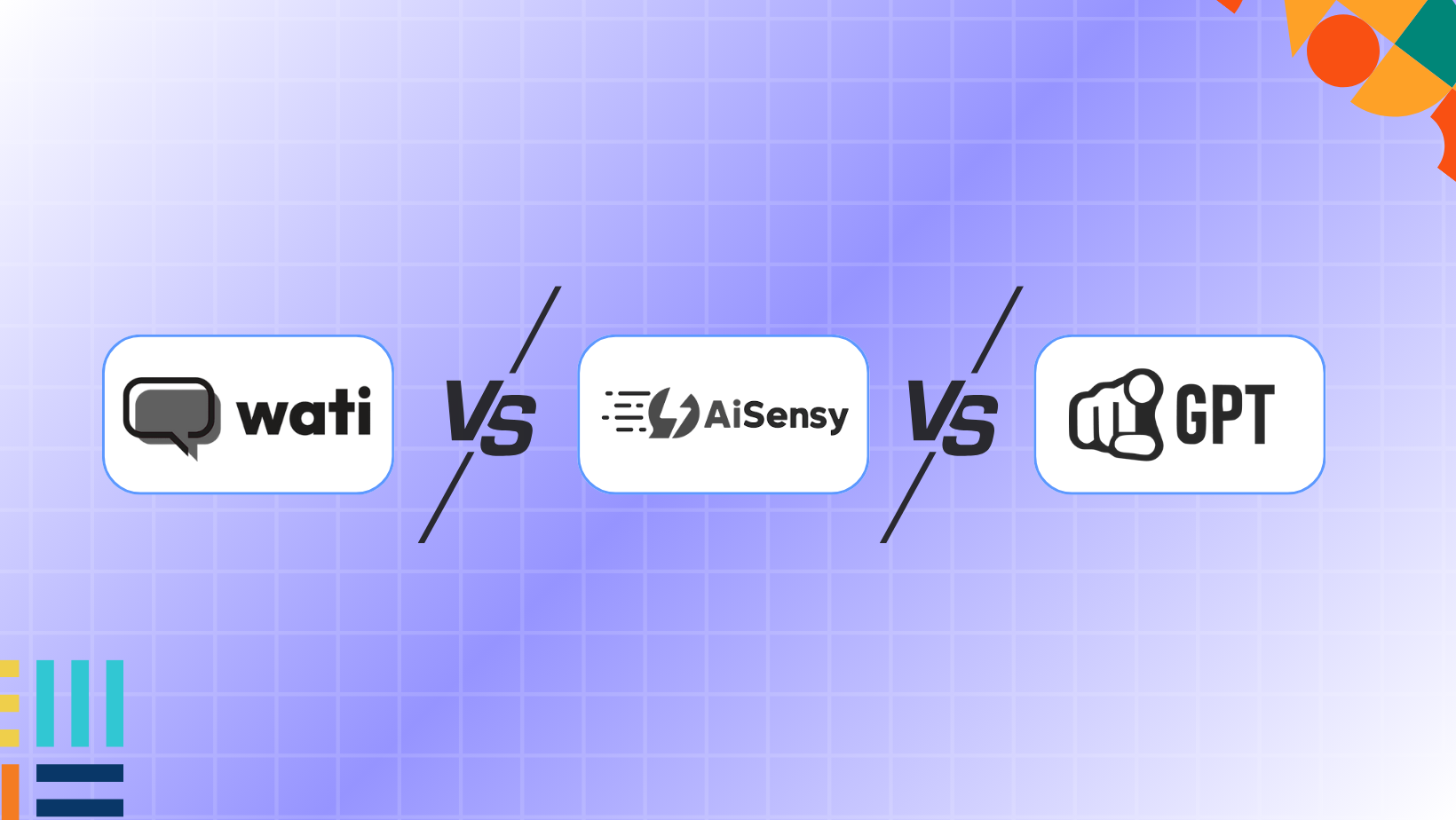
TL;DR Wati manages WhatsApp teams and shared inbox. AiSensy runs broadcast campaigns and drip sequences. YourGPT trains on your business data and executes real-time actions across multiple channels. WhatsApp and Instagram DMs now handle the majority of customer conversations for growing brands in 2025. What starts as 20-30 messages per day quickly scales to hundreds […]

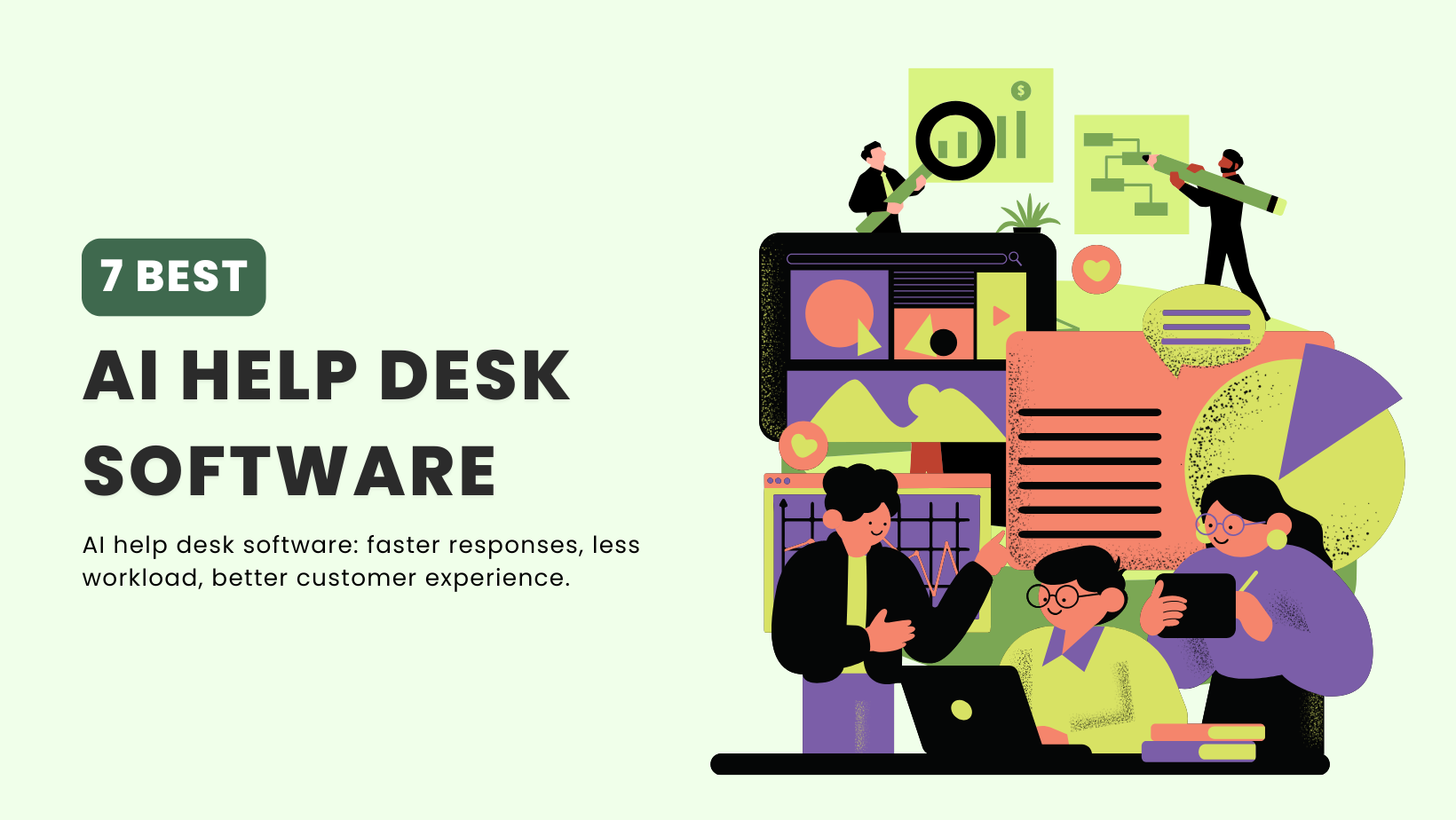
TL;DR AI help desk software reduces repetitive tickets by turning your knowledge base into instant answers. The market is growing fast as teams shift from adding agents to improving self-service and automation. This guide reviews seven platforms based on real performance so you can choose a tool that improves response quality and team efficiency. AI […]

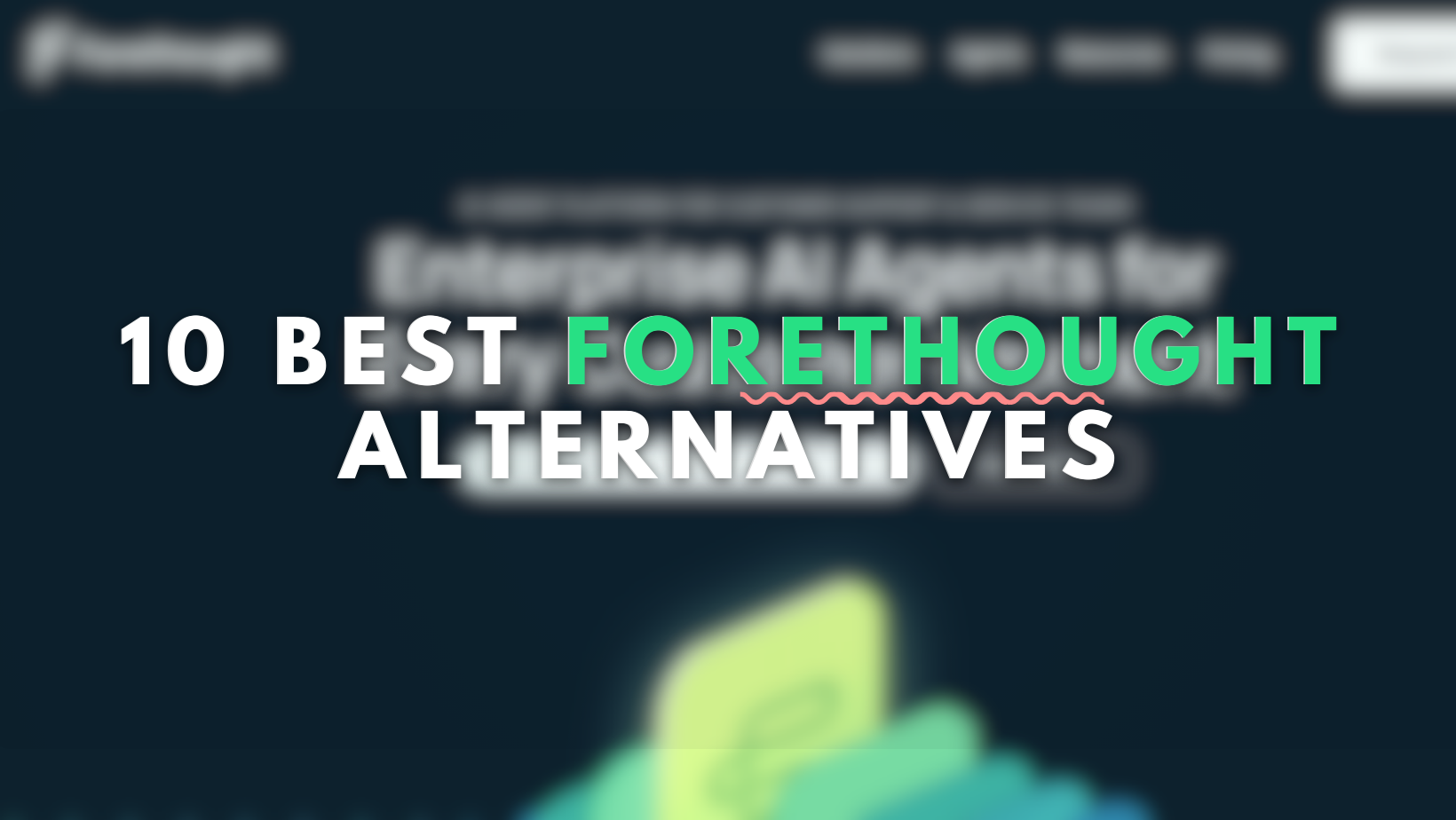
Forethought is an AI-powered support automation platform designed to build intelligent agents for ticket deflection and intent-based workflows, primarily targeting mid-market and enterprise support teams managing high volumes of tickets. This blog reviews ten Forethought options in 2025 that offer clearer pricing, faster deployment, and better customization. The selection ranges from no-code builders for small […]


YourGPT and Botpress are both AI agent platforms, but they take different approaches to automation and customer engagement. Businesses don’t need another chatbot. They need AI agents that connect to their existing systems, handle real tasks, and work across multiple channels without breaking down when customers ask something unexpected. This guide compares how YourGPT and […]
